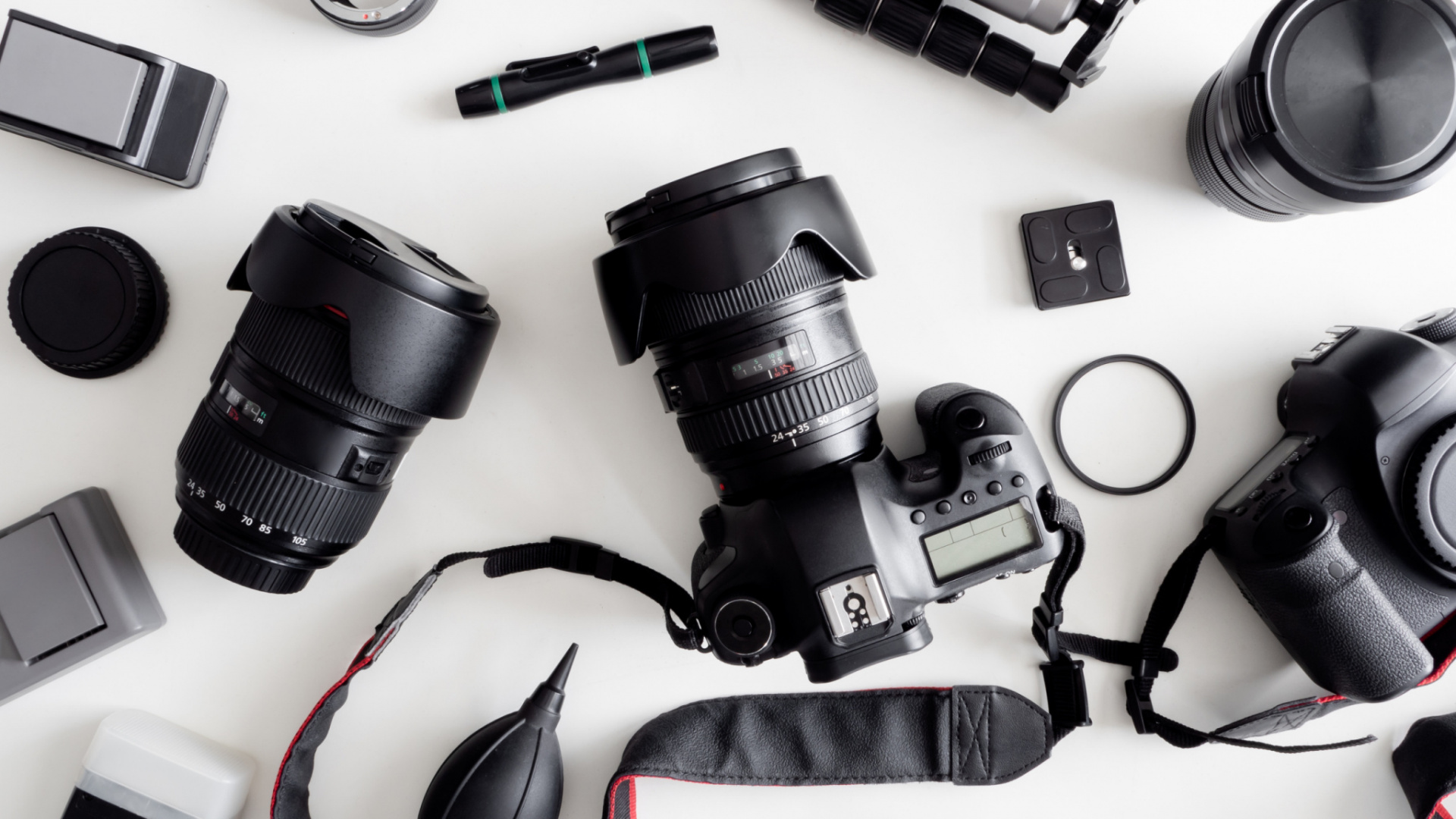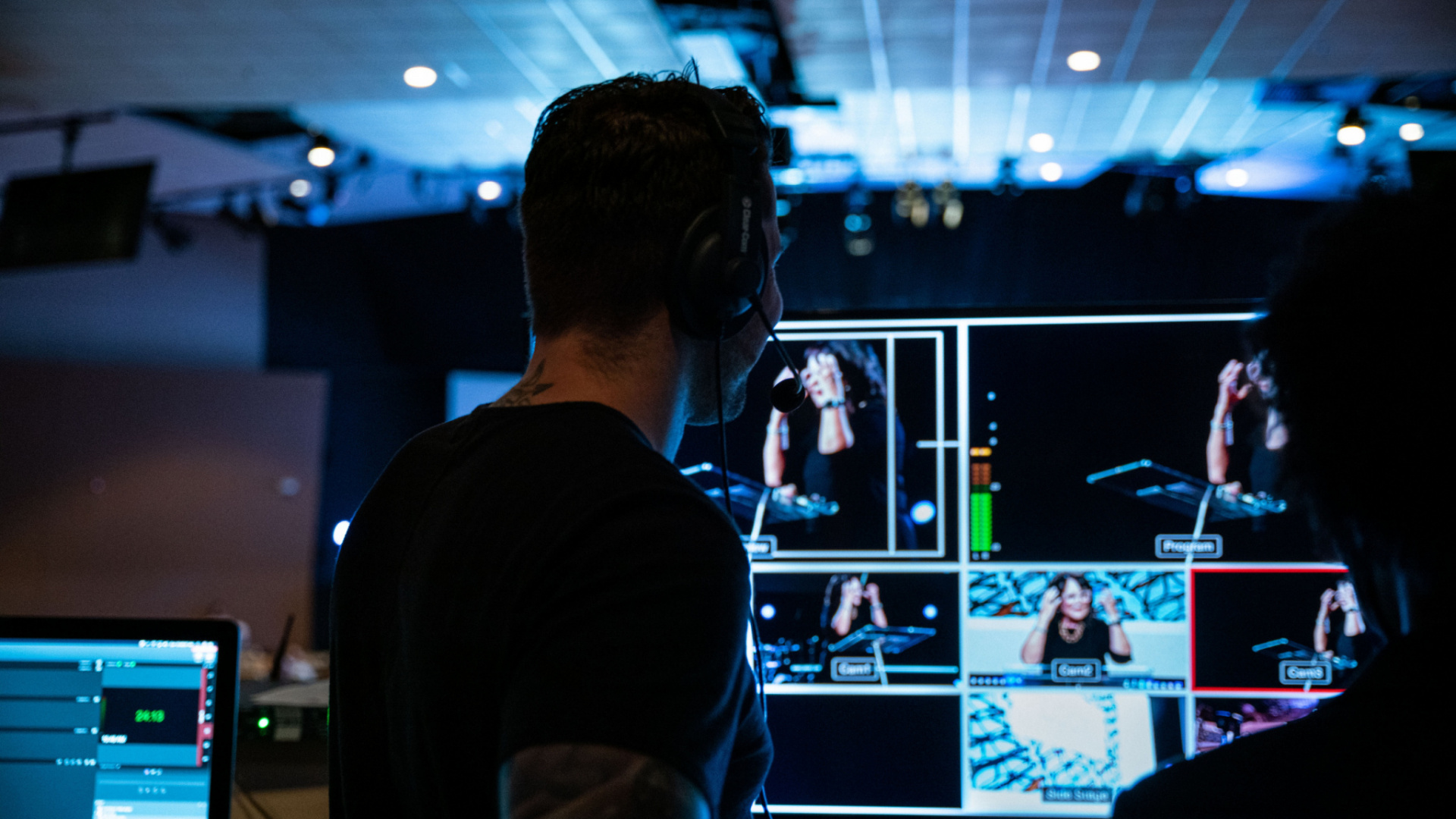See It Live: A Beginner’s Guide on How to Live-Stream

Did you know that 80% of consumers would prefer to watch a live video over reading a blog post?
Video is more engaging than written content, and live video is more interactive than both VOD (video on demand) and text.
However, live-streamed video is only engaging if it is well produced. Poorly lit live-streams with bad quality audio that constantly buffers aren’t going to gain and hold attention. What’s more, they look unprofessional and can affect the way viewers see your brand or organization.
Fortunately, you can skip all that by learning how to live-stream like a professional from the get-go. Once you know the basic steps, all you’ll need is a bit of practice to start putting out top-class live-streams.
Eager to hop aboard the live-stream train? Read on for our complete beginner’s guide on how to live-stream.
Assemble Your Equipment
The first step to a successful live-stream is to get your equipment together. If you are doing casual live-streaming, you can opt for using the best tablet camera or smartphone camera you have.
However, for anything more professional, you will need a more comprehensive setup. The basics include:
- A good quality camera, such as a camcorder or DSLR camera
- Mics (options include a handheld, lapel, or USB microphone)
- A video encoder for sending video footage to the internet (types of encoders include software encoders and hardware encoders)
Besides these basics, you might also want to look into lighting. If the lighting poor, you can consider supplementing it with studio lights. Different lighting options include softboxes, ring lights, and light panels.
[See our blog on ways you can improve your look and sound.]
Check Your Upload Speed
Along with your equipment needs, you’ll also want to think about your internet connection. To stream high-quality HD with higher frame rates, you should have a stable internet connection with decent upload speeds.
Statistics show that 78% of viewers will abandon a live-stream if it buffers more than twice. Therefore, a higher bandwidth internet connection is a must for streaming.
Higher frame rates typically give a smoother image. High frame rates are essential for activities where there is a lot of movement, such as sports events. However, if you are streaming something less fast-paced, such as an interview or training, you can test out lowering your frame rate to between 15fps-30fps.
A basic rule of thumb you can stick by is to make sure your upload speed is always double or more than your combined video and audio quality. To ensure a buffer-free experience for your audience, you can opt to reduce the frame rate of your footage.
After buffering, video quality is the biggest online video frustration, so do not sacrifice image quality more than you have to. If you can, rather opt for a connection with higher upload speeds over reducing frame rates too much.
Choose a Streaming Destination
Another thing to think about is where your live-stream is going to broadcast.
There are two things to consider when deciding on a live-stream platform. The first is your audience. Where are they?
If they are primarily on one platform (such as Facebook), you might want to use that platform’s live-stream facility. If your audience is spread across social media platforms, you can choose to stream to multiple sites simultaneously using a live streaming platform.
The other consideration is your own needs. Will your live-stream be free, or will it be paid content? Is it going to be available publicly, or is it for a select group of people, such as a company department or group of investors?
The answers to these questions will determine what type of platform you should choose for your live-stream.
Some examples of public and free platforms include:
- Youtube
- Facebook Live
- Periscope
- Twitch
Besides these, there are also paid platforms that offer different levels of control over the viewing of your broadcasts. These include:
- Livestream Vimeo
- StreamShark
- DaCast
- Brightcove
- Ustream
- Shoflo Theater (coming soon)
Once you have chosen a streaming destination, you will need to connect your video encoder to the platform.
Schedule the Live-Stream
The next step is to schedule your live-stream.
As live-streams are time-sensitive, you must pick a time that works well for your presenters and audience. Depending on your speakers (and perhaps targeted viewers), you might need to take multiple time zones into account. Try to pick one that works out for all involved.
Most streaming platforms will give you the option to schedule a live-stream. To do this, you will usually need to fill out a description, choose a category, and add any appropriate tags.
Along with scheduling your live-stream on the chosen platform, you’ll also want to notify the key stakeholders and start preparing any applicable promotional material.
Plan It Out
Because live-streams are, just as their name states—live—it can be easy to fall into the trap of thinking they don’t require much preparation. However, even though you can’t fully rehearse a live-stream, thorough planning is key.
One of the basic components of planning a live-stream is to create a rundown. A rundown is essentially a list of the different segments of your live-stream or virtual event.
For a simple rundown, you can use a spreadsheet. List the segments and add key information such as their intended length, what mics will be used, any lighting needs, audio or image files that will be used, etc.
Once you have created your rundown, you can share it with everyone involved with the live-stream.
This is just a basic way to create a rundown. If you would like to streamline the process and add in more functionality, you can also take advantage of software such as Shoflo’s Rundown solution. With Shoflo’s rundown software, you can edit your lineup, and changes will be shared in real-time with those involved.
This eliminates the need for multiple spreadsheet versions and manual emails. Besides this, Shoflo’s rundown software also automatically calculates the total time, facilitates individual user permissions, and provides you with re-usable, customizable industry-specific templates.
Promote, Promote, Promote
Along with planning, you should also be promoting your live-stream as much as possible. Start promotion early on to spread the word.
Depending on the nature of your live-stream, you may have different channels you’ll want to promote it on. However, for public live-streams, the best place to start is usually social media.
Besides posting the event details, consider adding a call to action requesting users to share your post. You’d be surprised how many people might do that. According to research, 48% of people will share branded or company videos on their social pages.
Do Test Drives
The best way to ensure a seamless live-stream is to do a tech rehearsal beforehand.
One of the biggest benefits of a tech rehearsal is it allows you to test out all your equipment as if you were already doing the live-stream. You’ll be able to see how different mic volumes compare, and whether graphics are displaying smoothly, etc.
Besides this, you might also be able to get an idea of how long certain segments will run in real life (not just on paper).
Start Early
When it comes to showtime, you must start early. Get set up ahead of schedule and make sure all of your equipment is working correctly.
Besides this, you might also want to start the live-stream itself early. Inevitably some viewers will show up beforehand. If there is nothing for them to see, they might assume they had the start-time mixed up and drop out.
To prevent this from happening, make sure that you either stream the setting up process (ideal for things like a live-streamed band performance) or broadcast a notice on the screen letting viewers know you are about to start.
Offer a Sign-up Form at the End
As you can see, live-streams can require quite a lot of time and planning. One way to maximize the benefits of your hard work is to offer a sign-up page at the end of the live-stream. Here viewers can opt to be notified of future events by filling in their details.
This won’t be appropriate for all industries, but if you are looking to attract viewers for a future live-stream, it is an ideal strategy.
Take Advantage of Analytics
If you want to perfect your live-streaming skills, there is one last thing you need to do. That is to investigate the analytics.
Most streaming platforms will provide a certain range of analytic capabilities in your dashboard. By analyzing this data, you can pick up key insights, such as where in your live-stream, you lost the most viewers. You can then use this data to optimize future live-streams.
Guess What? Now You Know How to Live-Stream
Congratulations, if you have made it this far, then you should have a good grasp on the basics of how to live-stream. All you need now is to plan your first streaming event.
Wait—that’s not quite correct. You might also want to have some tools on your side to ensure your first live-stream is as professional as possible.
Click here to start a free 14-day trial of Shoflo, an all-in-one solution for building agendas, teleprompting, and live streaming.






